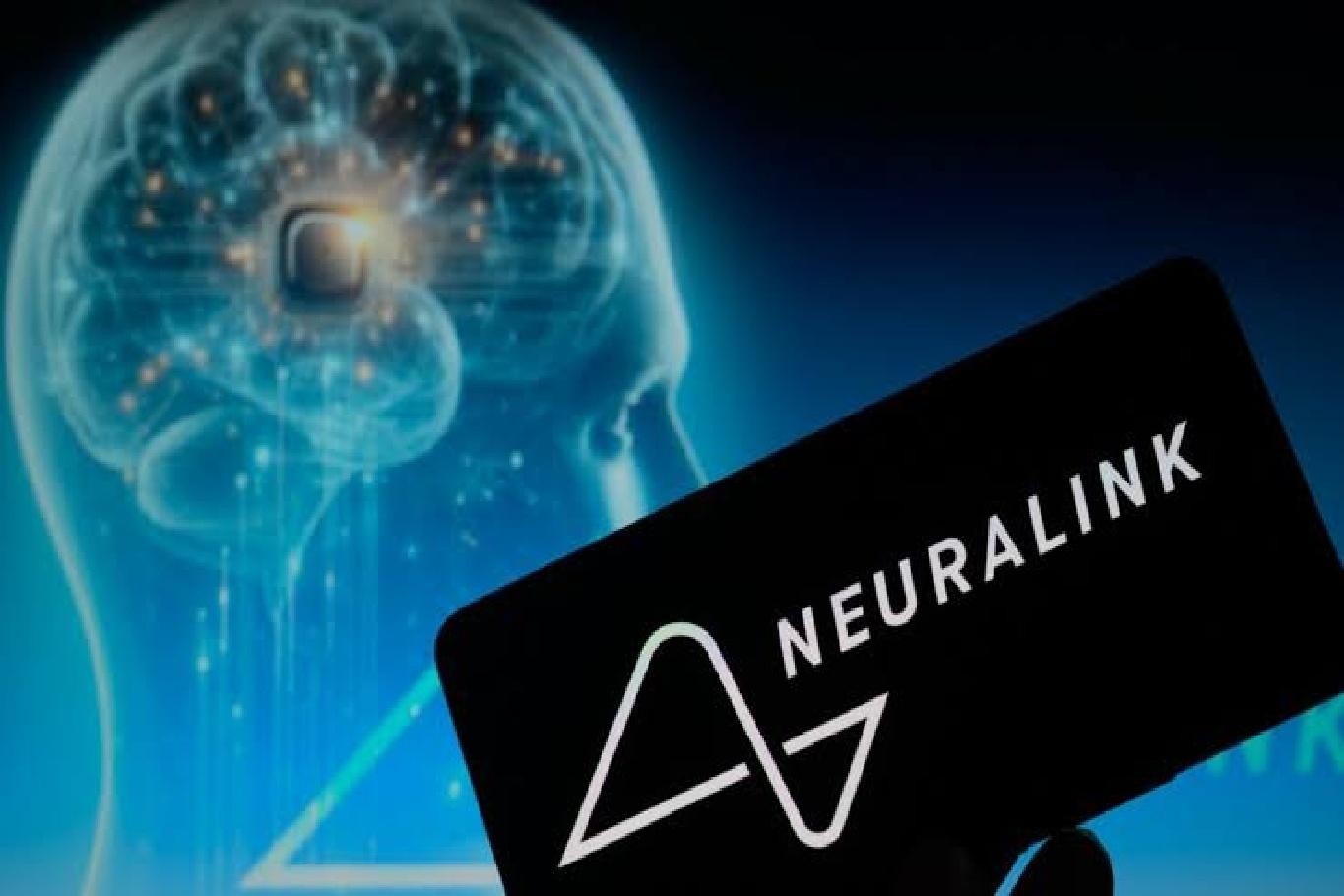
Neuralink, the brainchild of Elon Musk, recently streamed a remarkable demonstration featuring Noland Arbaugh, a 29-year-old who became paralyzed following a diving accident. In this captivating video, which has garnered significant attention on social media, Bliss Chapman, a Neuralink engineer, proudly introduces Arbaugh as the first recipient of the groundbreaking Neuralink implant, affectionately referring to him as his inaugural “telekinetic friend.”
Arbaugh astounded viewers by effortlessly maneuvering a computer cursor with his mind, showcasing the functionality of the brain-computer interface (BCI) as he engaged in a game of chess. Drawing parallels to the iconic Jedi mind control depicted in the Star Wars saga, Arbaugh likened the experience to wielding ‘the Force’ over the cursor.
Expressing his gratitude for the newfound ability provided by the technology, Arbaugh recounted how he rediscovered the joy of playing video games, even delving into complex titles like Civilization 6, a feat he had previously deemed impossible due to his physical limitations.
Beyond gaming, Arbaugh highlighted the practical applications of the Neuralink implant, including reading and language learning. However, he noted the inconvenience of having to wait for the implant to recharge once its battery is depleted.
Despite acknowledging the early stage of development for this technology, Arbaugh emphasized its transformative impact on his life, underscoring how tasks once deemed unattainable are now within reach thanks to the implant.
In a lighthearted touch, Arbaugh revealed his Halloween costume plans, intending to dress up as Professor X from the X-Men series, a character renowned for his telekinetic abilities.
While Neuralink heralds this achievement as a significant step towards “telepathy” and seamless computer control through thought alone, independent verification and clarification on limitations remain pending. Notably, Neuralink faces competition in the form of Australia’s Synchron, which offers a less invasive alternative to skull surgery for brain-computer interfaces, with successful implantation reported in a patient the previous year.










